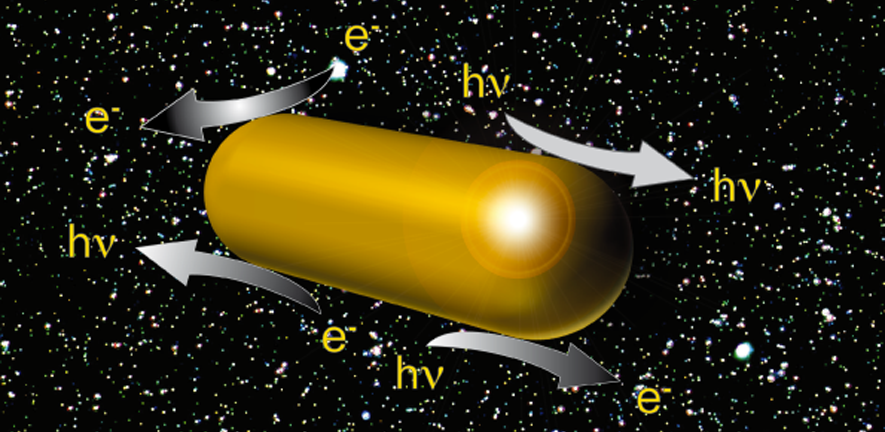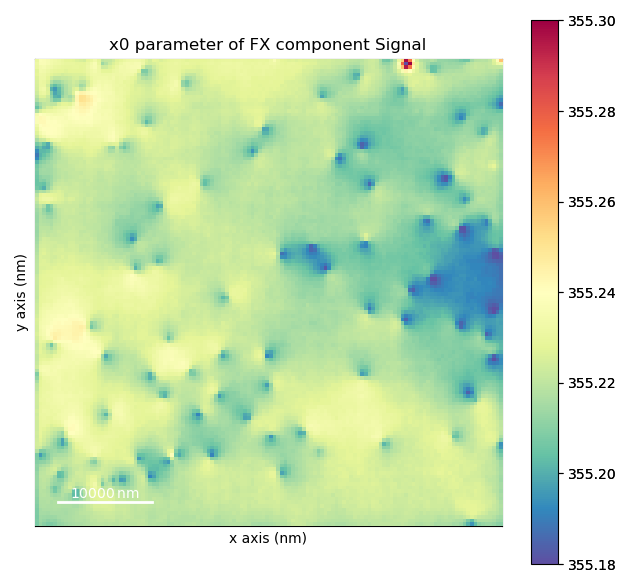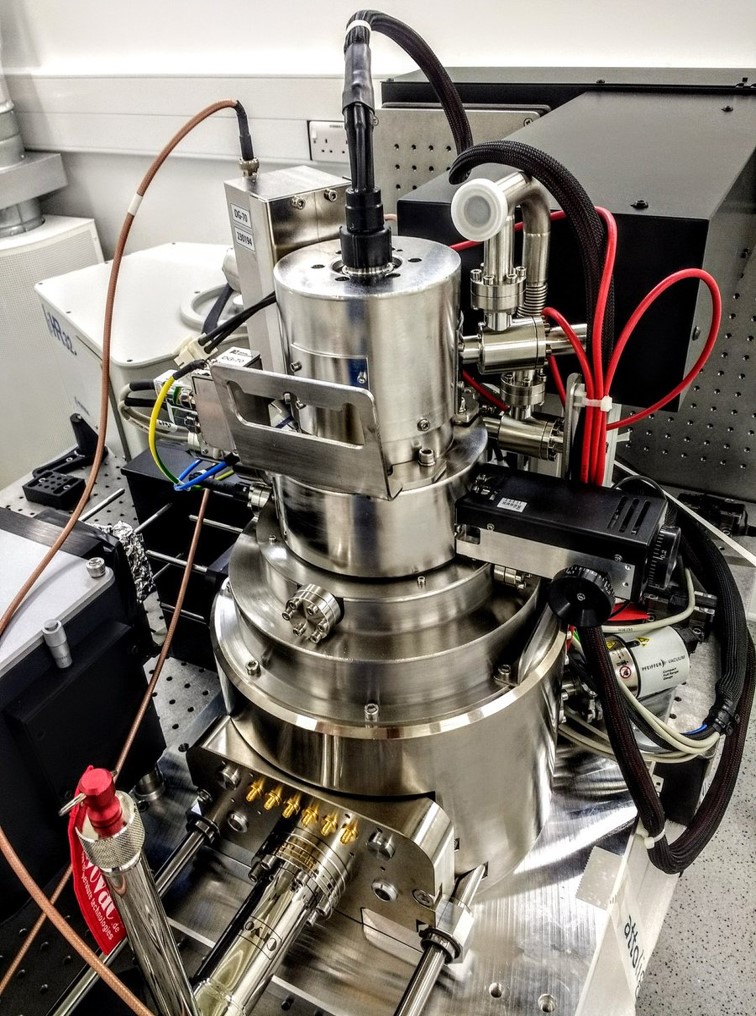
(Figure caption: Electron and photon-based spectroscopies reveal visible-range interactions such as plasmonics and photonics)
Spectroscopy is the study of the interaction between matter and electromagnetic radiation. This can either involve the absorption of radiation by the sample, or the emission of radiation from the sample. In a typically emission spectrum, the variation of the intensity of the emitted radiation with frequency is measured. In the Department, we use and study a wide range of spectroscopic techniques, which give information about a huge number of different materials. We also study the theory of spectroscopy computationally.
Some spectroscopy techniques access the average or typical properties of a material, whilst others are employed inside a microscope and can give very local information. Examples of spectroscopy techniques used in a transmission electron microscope include electron energy loss spectroscopy used to study the local compositions of materials, whilst in the scanning electron microscope we use cathodoluminescence spectroscopy to understand the light emission properties of semiconductors and other structures and in the scanning tunneling microscope spectroscopic techniques give insights into electronic structure. Solid state NMR provides a sensitive probe of material structure, and is sensitive to local order and the dynamics of the system.
Theoretical spectroscopy, typically based on first principles density functional theory (DFT) computations, can provide a link between the material structure and the spectra measured. These calculations can aid the design of experiments, or assist in structure solution.
Figures - Left: Effect of the strain field of threading dislocations on the emission wavelength of the free exciton in GaN; Right: Closeup of the dedicated Attolight CL-SEM.


